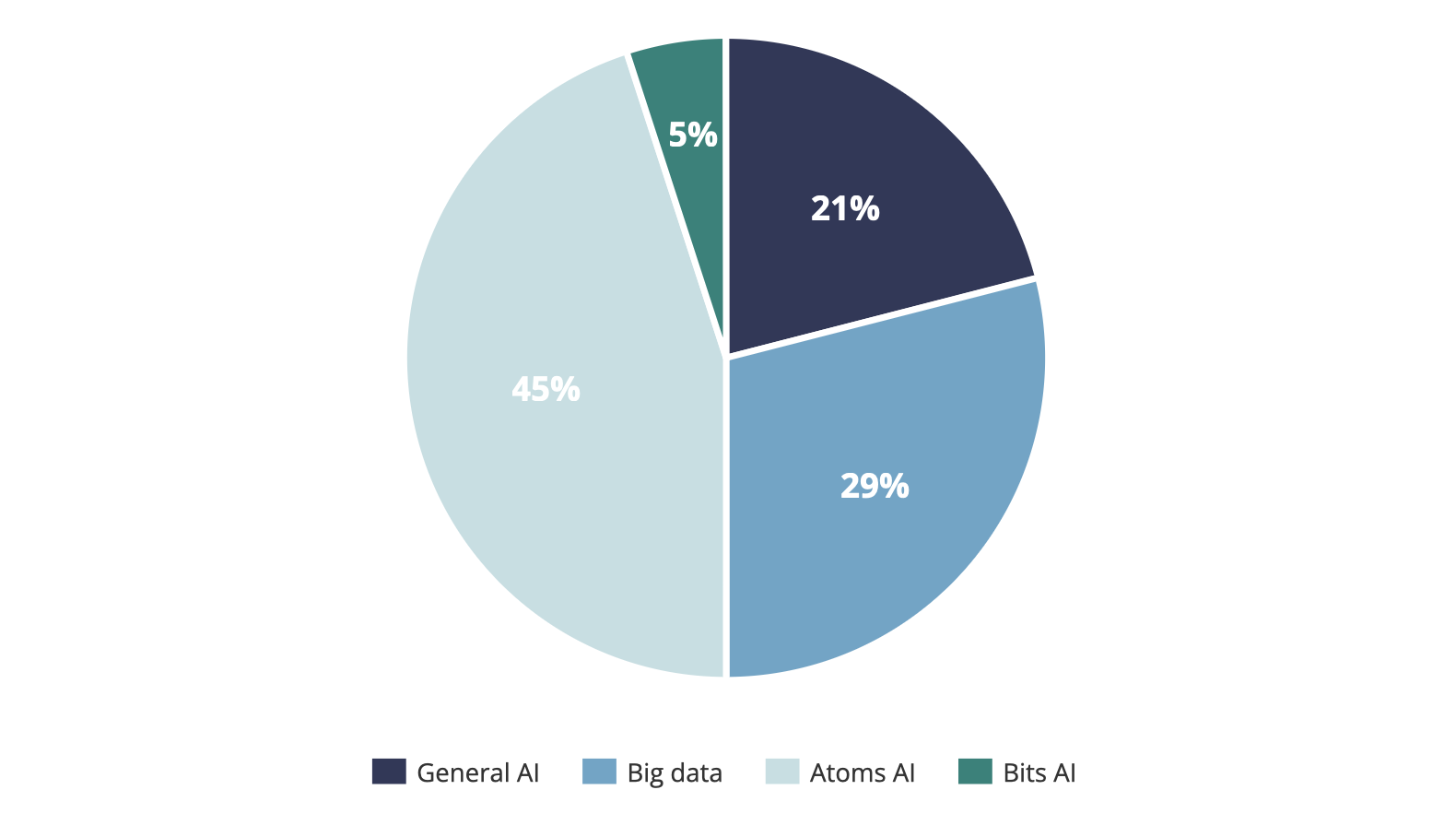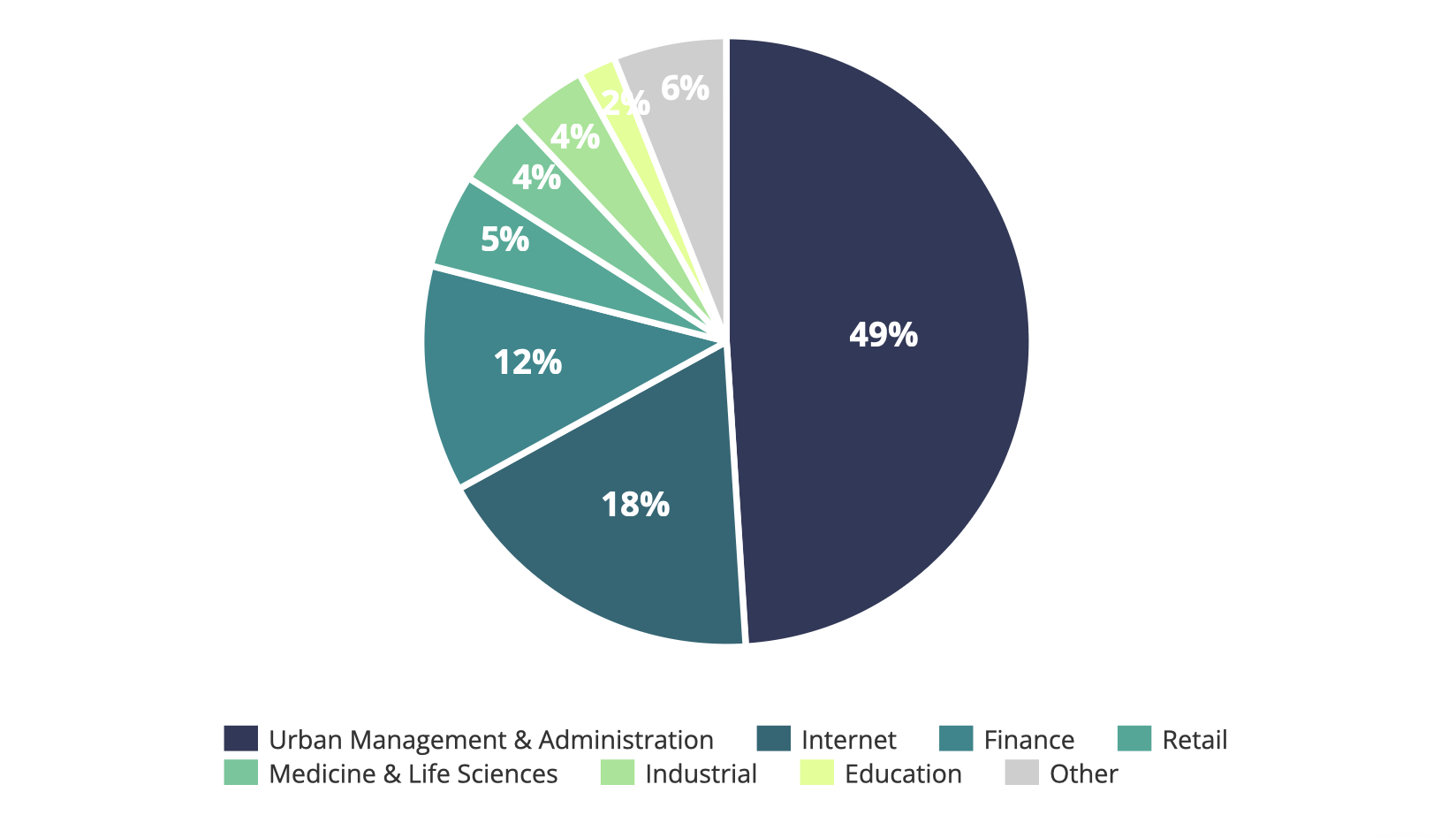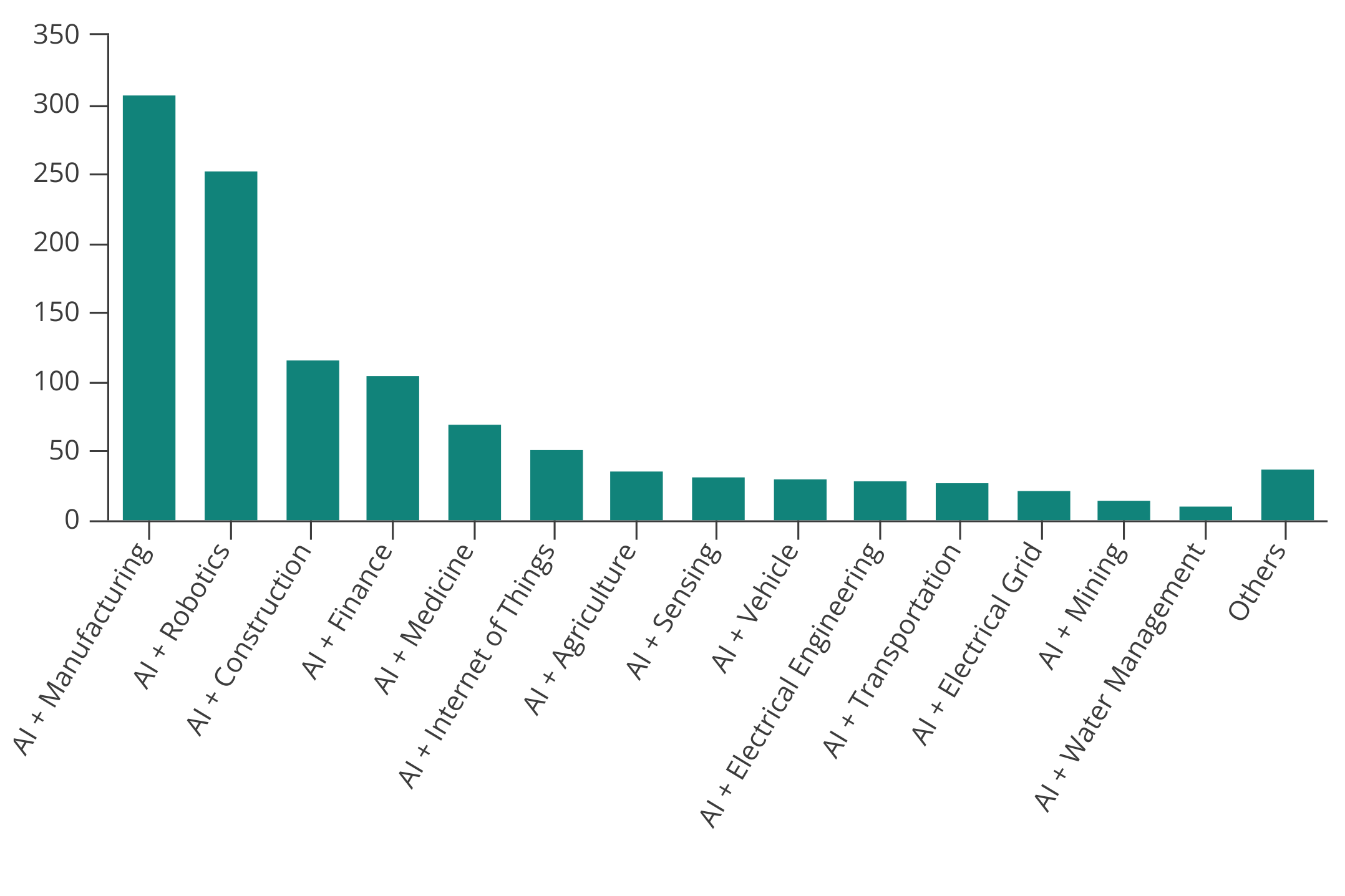- December 28, 2023 Technology
How Realistic Are Chinese University AI Ambitions?
Leaders in Chinese government and education have long known that tangible progress in artificial intelligence (AI) rests on the potential of the real human intelligence behind it. First and foremost, China wants a robust AI talent pool, and the cultivation of that talent is rooted in its colleges and universities.
That’s why China’s top university administrators, along with the Ministry of Education (MOE), have been calling for more AI programs to be built nationwide. Following suit, Chinese universities have launched more than 2,300 undergraduate AI major programs, including 350 at China’s elite institutions, since 2018, when MOE officially designated “AI” as an eligible major distinct from computer science.
Absent the publication of official enrollment numbers, the actual size of those AI major programs is unclear, yet what is clear is that they anticipate a direction for Chinese AI talent to take toward industrial application in the real economy. Here we examine the emphasis on industrial application in undergraduate Chinese AI education measured against its misalignment with China’s industry realities.
Preempting Applications
Given Beijing’s continued prioritization of tech innovation and “quality” growth, it hardly comes as a surprise that AI is taking Chinese education by storm. AI has not only unseated computer science as the preferred major among prospective undergraduate students over the past three years, it also promises the highest salary after graduation of all engineering disciplines, offering nearly 15% more than internet sector jobs.
That may sound like Chinese universities are preparing a workforce to go out and build iterations of generative AI products like OpenAI’s ChatGPT, but they seem to be betting instead on the success of various applied AI majors that aim specifically at integrating existing AI frameworks into sector-specific use cases, as evidenced by the proportion of newly launched applied AI programs (see Figure 1). To be sure, those applied AI majors contrast sharply with the more conceptual “General” and “Big Data” AI fields in which researchers can break theoretical ground akin to Google’s discovery of the transformer architecture in 2017, an integral breakthrough that laid the foundation for OpenAI to develop ChatGPT.
Figure 1. Chinese Universities Are Ramping Up Applied AI Specializations Source: Ministry of Education.
Source: Ministry of Education.
Further, those applied AI majors that make up the majority of newly launched Chinese AI programs can be further divided into sectorized “Atoms” (hardware) and “Bits” (software) specializations. Whereas Bits programs focus on creating AI solutions for downstream software applications (e.g., “AI + fintech”), Atoms programs focus on integrating AI into physical production processes (e.g., “AI + construction”). As of 2022, Atoms makes up the overall majority of Chinese AI programs and amounts to 90% of applied AI programs, excluding General/Big Data (see Figure 2).
Figure 2. Chinese AI Education Emphasizes Hardware and the Real Economy Source: Ministry of Education.
Source: Ministry of Education.
Unreal Ambitions
Such an emphasis on Atoms AI integration at the level of undergraduate education substantiates the focus of China’s tech pivot on augmenting the real economy. At the same time, however, it raises questions about how realistic Chinese education’s AI ambitions are in relation to industry demand.
AI’s integration in China’s economy so far has been mostly limited to “Bits” industries in the form of recommendation algorithms that use existing data infrastructures to rapidly integrate and refine AI solutions. Those solutions pertain to sectors like urban governance and administration, consumer internet, finance, and retail, not “Atoms” industries, such as manufacturing, which rely on physical production processes and are still wanting in the informatization that is a prerequisite for effective AI integration (see Figure 3).
Figure 3. Chinese Industrial Firms Lag Other Sectors in AI Adoption Note: Percentage represents each downstream applications’ market share of China’s AI industry.
Note: Percentage represents each downstream applications’ market share of China’s AI industry.
Source: China Business Research Institute.
Yet it’s precisely areas like manufacturing and robotics that Chinese universities seem to be promoting (see Figure 4). Think: not user-facing algorithms, but sensor-driven predictive maintenance to reduce machinery’s downtime, enhanced quality control by using computer vision to detect defects, or (eventually) greater automation and robotics in production and logistics.
Figure 4. Manufacturing and Robotics Dominate University Applied AI Programs
Note: Data shows number of total programs in each category.
Source: Ministry of Education.
Those are areas of AI integration in which China actually lags far behind other advanced economies, such as Germany, the US, South Korea, and Japan. While AI’s limited penetration in even the most well-resourced Chinese factories suggests the immense scale of a long-term growth opportunity, that potential is overshadowed by current risks and near-term commercialization challenges.
Chinese enterprises are notably risk-averse when it comes to spending money on incorporating digital solutions into proven industry processes, and even with a bump in government credit lending, that aversive behavior makes AI unlikely to be integrated at scale in the near-term. Facing an immature market without a reliable customer base, industrial AI companies won’t have the commercial runway to provide gainful employment for the multitudes of Atoms AI specialists matriculating from Chinese universities.
So, while China’s emphasis on training AI students in manufacturing and robotics may align with Beijing’s desire for its economy to evolve towards a “Germany at scale”—that is, an integral producer of globally competitive, sophisticated tech products—the existing mismatch between AI education and industry demand for AI in the economy looks set to hinder, rather than help, Beijing’s plan to upgrade its manufacturing sector.
The author would like to thank Di Lu for excellent research assistance.
Stay Updated with MacroPolo
Get on our mailing list to keep up with our analysis and new products.
Subscribe
